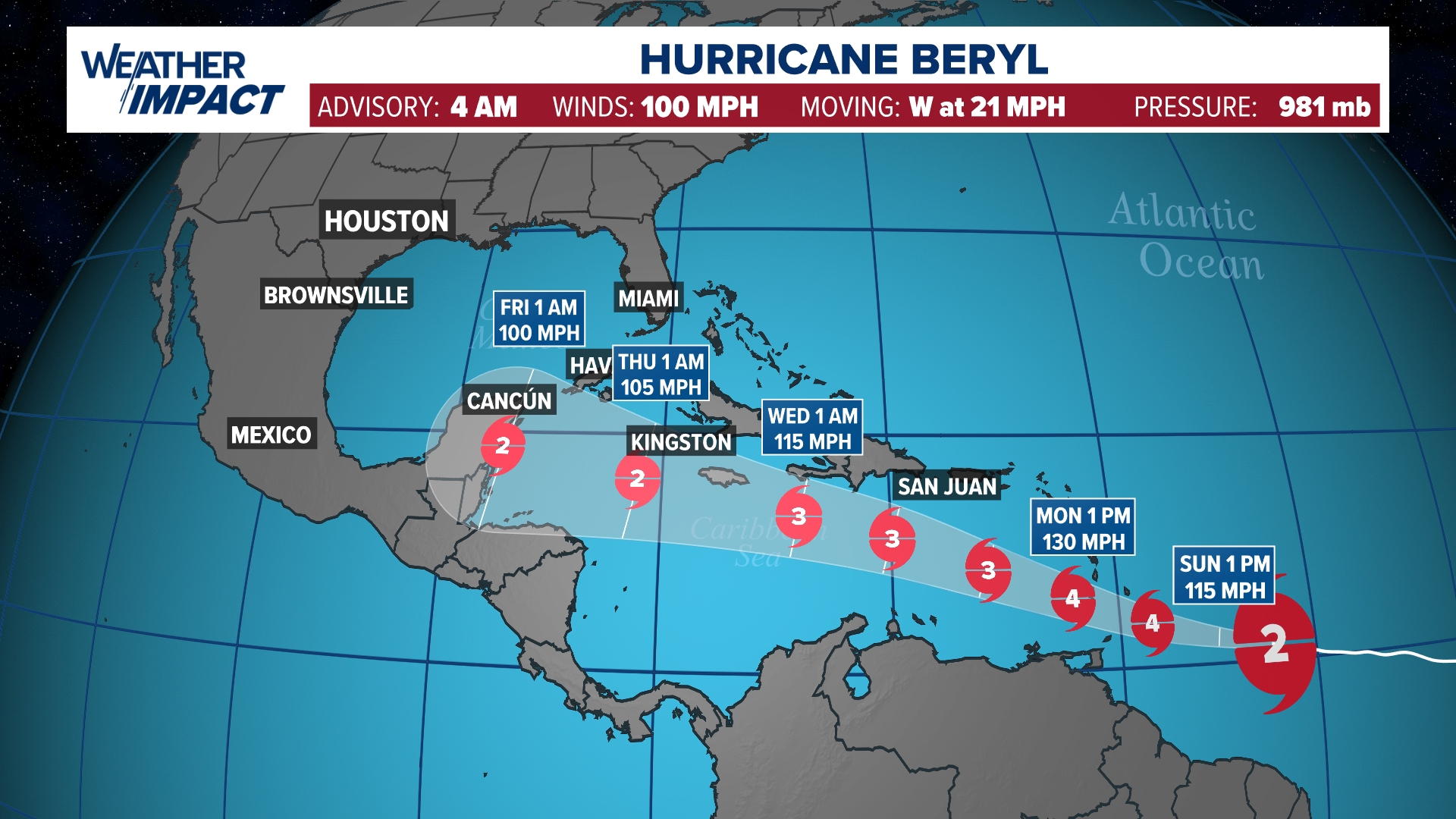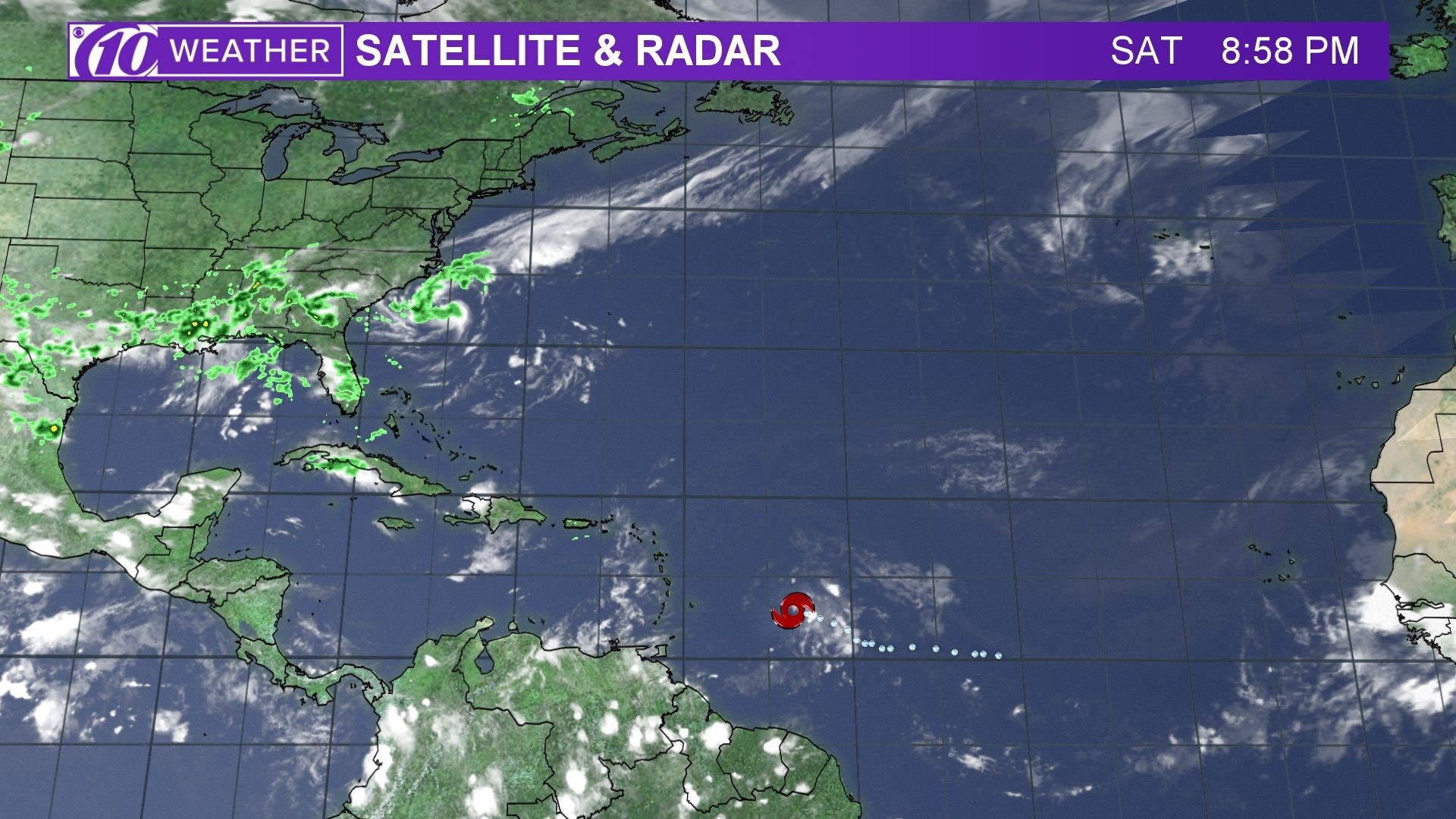Hurricane Beryl’s Path and Potential Impact

Hurricane beryl spaghetti models – Hurricane Beryl, a Category 3 storm, is currently moving west-northwest at 15 mph. It is expected to make landfall in Florida’s Big Bend region on Tuesday evening or early Wednesday morning. The storm is expected to bring heavy rainfall, strong winds, and a storm surge of up to 6 feet.
Dem hurricane beryl spaghetti models dem a show dat de storm a headin’ straight fuh Puerto Rico. Beryl Puerto Rico need fuh brace demselves fuh de big one. Dem spaghetti models a show dat de storm could hit de island as a Category 1 hurricane, so we need fuh tek dis serious.
Stay safe, Puerto Rico.
Landfall Location and Timing
Hurricane Beryl is expected to make landfall somewhere between Apalachicola and Panama City Beach, Florida. The exact location and timing of landfall will depend on the storm’s track, which could shift slightly over the next few days.
Expected Storm Surge and Wind Speeds, Hurricane beryl spaghetti models
Hurricane Beryl is expected to bring a storm surge of up to 6 feet along the Florida coast. The storm surge is a wall of water that can cause extensive flooding and damage. The storm is also expected to produce winds of up to 120 mph, which could cause widespread power outages and damage to structures.
Spaghetti Models and Their Reliability

Spaghetti models, also known as ensemble forecasts, are a collection of individual computer model runs that simulate the potential paths of a hurricane. Each model run uses slightly different initial conditions and physical assumptions, resulting in a range of possible outcomes.
The variability of spaghetti models is influenced by several factors, including:
- Initial conditions: Small differences in the initial conditions, such as the position and intensity of the hurricane, can lead to significant changes in the predicted path.
- Model physics: Different models use different equations and algorithms to simulate the atmosphere and ocean, which can affect the predicted path.
- Ensemble size: The larger the ensemble size, the more likely it is to capture the range of possible outcomes.
Spaghetti models provide valuable information about the potential path and intensity of a hurricane, but they have limitations. They are not perfect predictors and should be used with caution. The accuracy of spaghetti models varies depending on the hurricane’s location, intensity, and the lead time.
Using Spaghetti Models to Make Informed Decisions: Hurricane Beryl Spaghetti Models

Spaghetti models are a valuable tool for visualizing the potential paths of a hurricane. However, it is important to remember that these models are not perfect and should be used in conjunction with other weather information to make informed decisions.
When interpreting spaghetti models, it is important to focus on the most likely path, which is typically indicated by the darkest line. The other lines represent possible paths that the hurricane could take, but they are less likely to occur.
Identifying the Most Likely Path
- Look for the darkest line on the spaghetti model.
- Consider the direction of the wind and the location of the high and low-pressure systems.
- Pay attention to the model’s forecast cone, which indicates the area where the hurricane is most likely to make landfall.
Assessing Potential Risks
- Identify the areas that are most likely to be affected by the hurricane.
- Consider the potential impacts of the hurricane, such as flooding, wind damage, and power outages.
- Make a plan for how you will stay safe if the hurricane hits your area.
Using Spaghetti Models in Conjunction with Other Weather Information
- Spaghetti models should not be used in isolation.
- Combine spaghetti models with other weather information, such as radar data, satellite imagery, and forecasts from the National Hurricane Center.
- Use this information to make informed decisions about your safety and preparedness.
Hurricane Beryl spaghetti models, those squiggly lines on the weather map, show where the storm might go. To get a clearer picture, check out spaghetti models for beryl. They’ll help you track the storm’s path and stay safe.